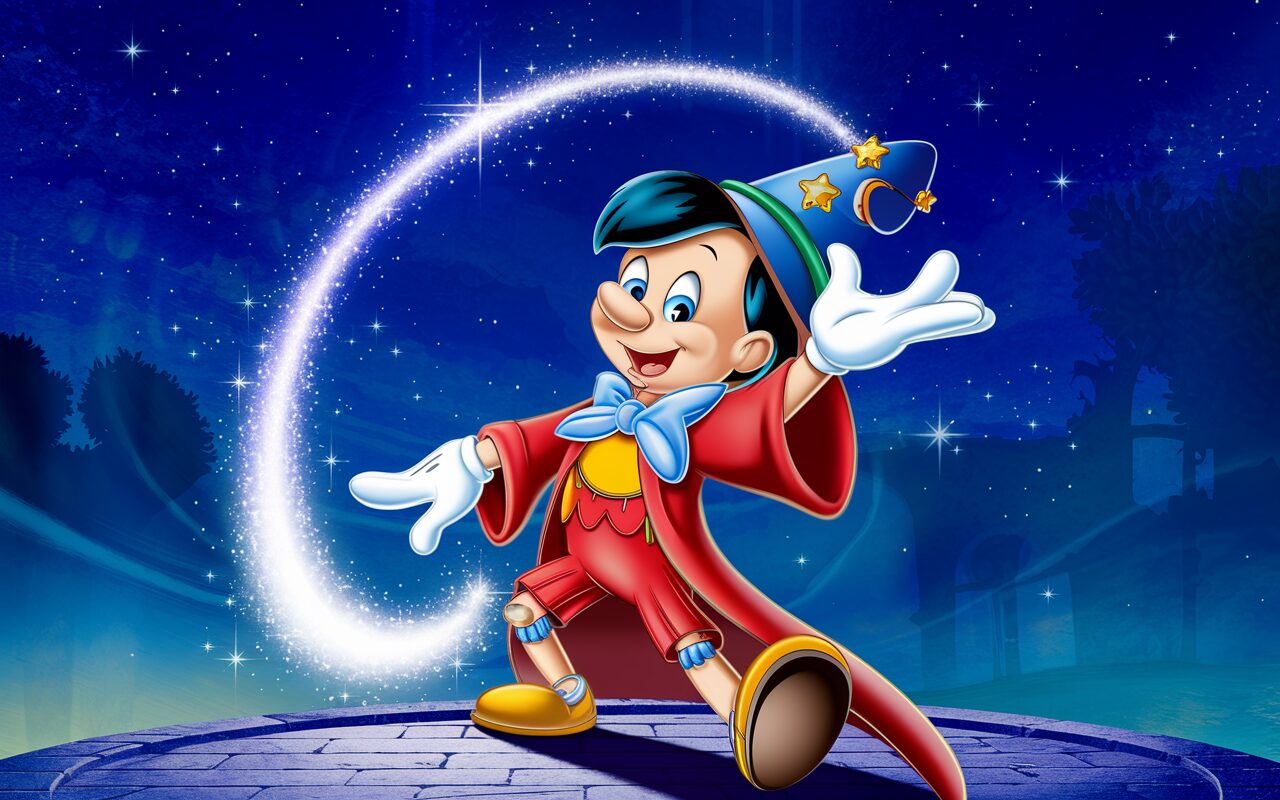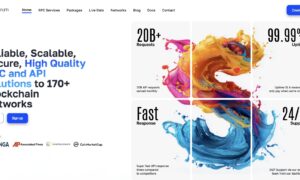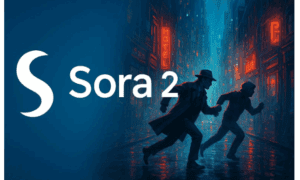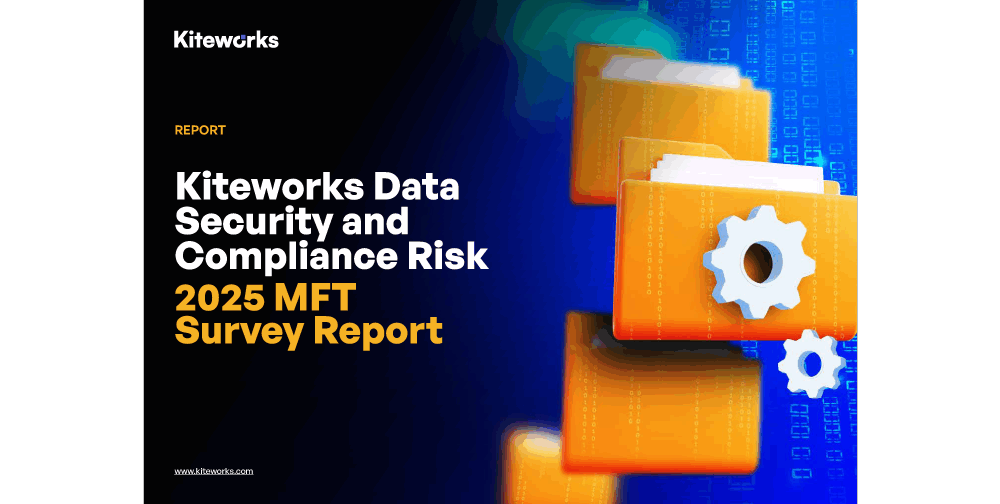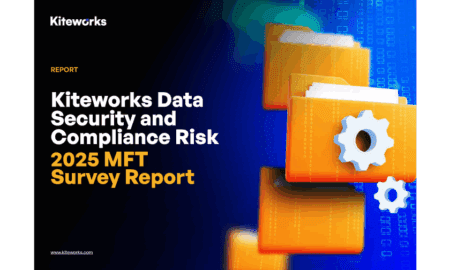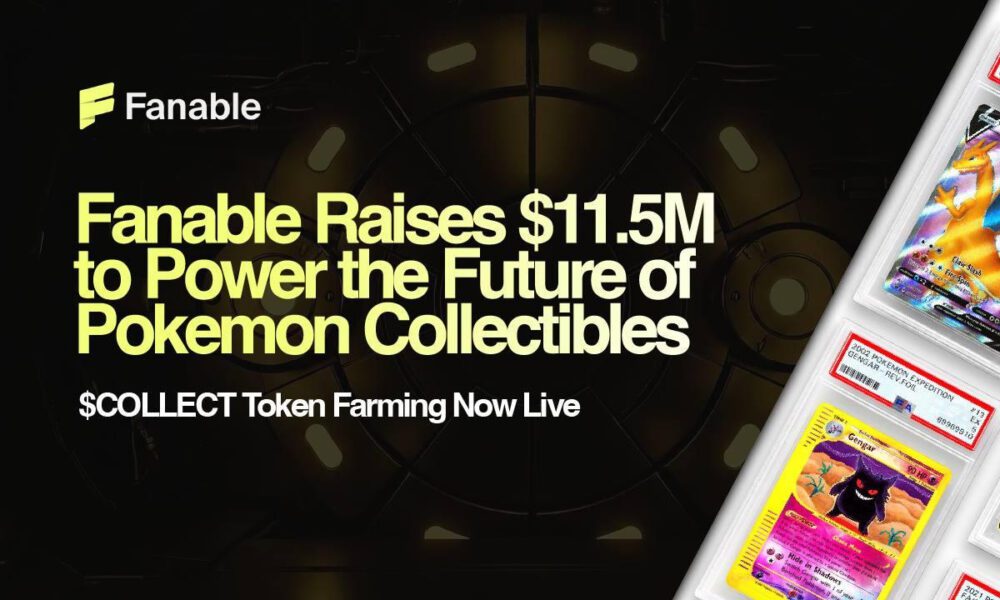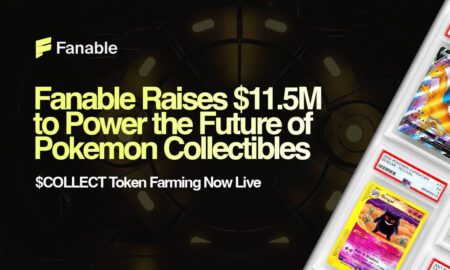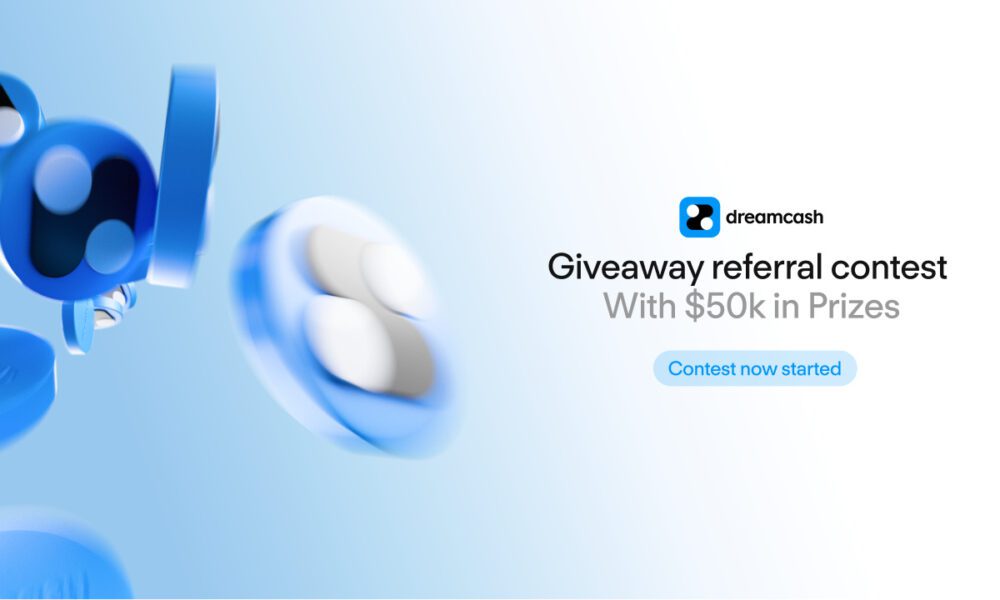In early 2025, PINOSALE has sparked growing attention across the crypto landscape. What started as a meme coin is now making serious moves toward real-world use. Known for its interactive “Find the Lie” campaign, where users earn rewards by spotting contradictions, the project is now taking a step further: announcing plans for integration into mainstream commerce.
The idea may sound tongue-in-cheek, but the strategy is anything but casual.
Turning to Utility Through Partnerships
PINOSALE’s latest pivot is powered by two unexpected potential partnerships—with Tesla and Disney. The roadmap outlines a series of upcoming integrations aimed at enabling $PINO to be used for everyday purchases and services.
If implemented as planned, users could use the token to:
-
Purchase Tesla cars and pay at Superchargers
-
Buy Tesla accessories and parts
-
Pay for entry to Disney theme parks
-
Subscribe to Disney+ or buy Disney merchandise
If confirmed, these would mark the first time a meme-based token is adopted into large-scale consumer payment systems. This would shift PINOSALE from being a novelty to a token with real transactional value.
Tokenomics Built Around Execution
While many meme coins focus on short-term hype, PINOSALE has designed its tokenomics with longer-term plans in mind. The total supply stands at 100 billion, distributed as follows:
-
15% reserved for partnerships
-
30% allocated to presale
-
20% set aside for development
-
15% for community rewards
-
10% for marketing
-
0% for the team
With 15 billion tokens dedicated solely to partnership efforts—more than the marketing allocation—the project has made it clear that integration isn’t just a side initiative. It’s built into the token’s core strategy.
Staying True to Its Theme
PINOSALE hasn’t walked away from its meme origins. Instead, it’s using them as a foundation for expansion. The “Find the Lie” campaign was designed to entertain, but now it serves as a framework for trust-building. The idea of using a meme token to buy a Tesla might seem absurd—but that’s exactly the point.
Rather than distancing itself from the irony, the project embraces it. This self-aware approach turns the joke into a statement and the theme into a tool for community engagement.
A Market Divided
Still, there’s plenty of skepticism. So far, neither Tesla nor Disney has publicly acknowledged the partnership plans. PINOSALE claims talks are in progress and anticipates integration within the year. For now, the only confirmations come from the project’s side.
Some view the move as clever storytelling backed by structure. Others suspect it’s another case of crypto overpromising. But PINOSALE’s token distribution—especially the absence of insider allocations—adds a layer of credibility not often seen in similar projects.
Could PINOSALE Redefine Meme Coins?
From Dogecoin’s media surge to Shiba Inu’s ecosystem efforts, meme coins have always blurred the line between parody and potential. PINOSALE is trying something new—combining narrative with structured utility, all without losing its original voice.
If the project succeeds, it could set the tone for a new type of meme coin—one that balances entertainment with actual usability.
Bottom Line: Is the Joke Over—or Just Beginning?
PINOSALE started by inviting users to “find the lie.” But with structured economics, ambitious partnerships, and a consistent theme, the line between gimmick and purpose is beginning to blur.
Even if the Tesla and Disney deals don’t materialize, the effort itself sets a different tone. PINOSALE is trying to prove that a meme coin can be more than a moment—it can be built for something bigger.
Disclaimer
This article is for informational purposes only and does not constitute investment advice. Readers should conduct their own research before making any financial decisions.

